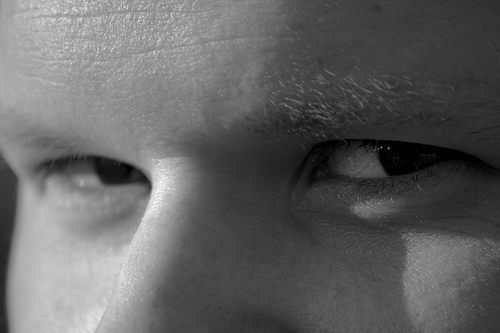Cosmetic surgery was first introduced in the 8th century BC when physicians would manually reconstruct noses when people had been punished for a crime that they had or hadn’t not committed.
During the First World War Sir Harold Gillies would repair soldiers that had been injured during the war. He would perform cosmetic surgery enhancing the damage delivered from battle. Sir Harold Gillies would use the simple equipment of that time such as a knife, (not a scalpel), and bandages to under go the operations in dirty barracks.

Cosmetic surgery has rapidly evolved since and the need for surgery is not just applicable to the injured but has become a solution for the ultimate ‘perfection’.
Advancements in technology have allowed physicians to save time in surgical procedures and advanced the forms of practice when operating on the patients.
Fractional Laser Resurfacing
Some of the new technology now used during cosmetic surgery is fractional laser resurfacing. This new technology is in the form of a laser and initially this treatment had a long recovery period as physicians would have to physically remove the top layer of the skin which could be quite painful and distressing during older cosmetic surgery procedures. This new treatment combines carbon dioxide with the fractional laser in order to maximise results. Dr Matthew Kienstra, facial plastic surgeon states:
“There has been a long search for a technology which produces the same results for improvement as the carbon dioxide laser without the complications or long recovery. The fractional technology applied to carbon dioxide lasers is the answer to that search.”
Combination Liposuction
Laser and Ultrasound is being combined with traditional liposuction removal methods. The new technology allows reduced recovery time and results on liposuction are said to have increased. The new technology is less painful that the traditional removal method and Dr Ed Khoury, specialist in this industry states:
“There is a lot of art involved with the application of the technology and it appears to be the first technology which will allow true sculpting of the body”
Pain pumps
Traditionally pain relief is administered via an injection into the body, which gives ease to the patient; however the problem is that the source of pain is not directly alleviated as it takes time to be circulated around the body. New technology has allowed patients to administer the painkiller directly to the site of pain. Dr Sorokin states:
“Pain pumps have greatly decreased hospital stays and decreased recovery times for both our cosmetic and reconstructive surgery patients.”
Advancements in technology have greatly benefitted the cosmetic world as it has allowed surgeons to reduce surgery time and costs, which has allowed them to become efficient in their professions.
By Jema Daya Marketing Executive at FDC studio
Learn more about Cosmetic Surgery

